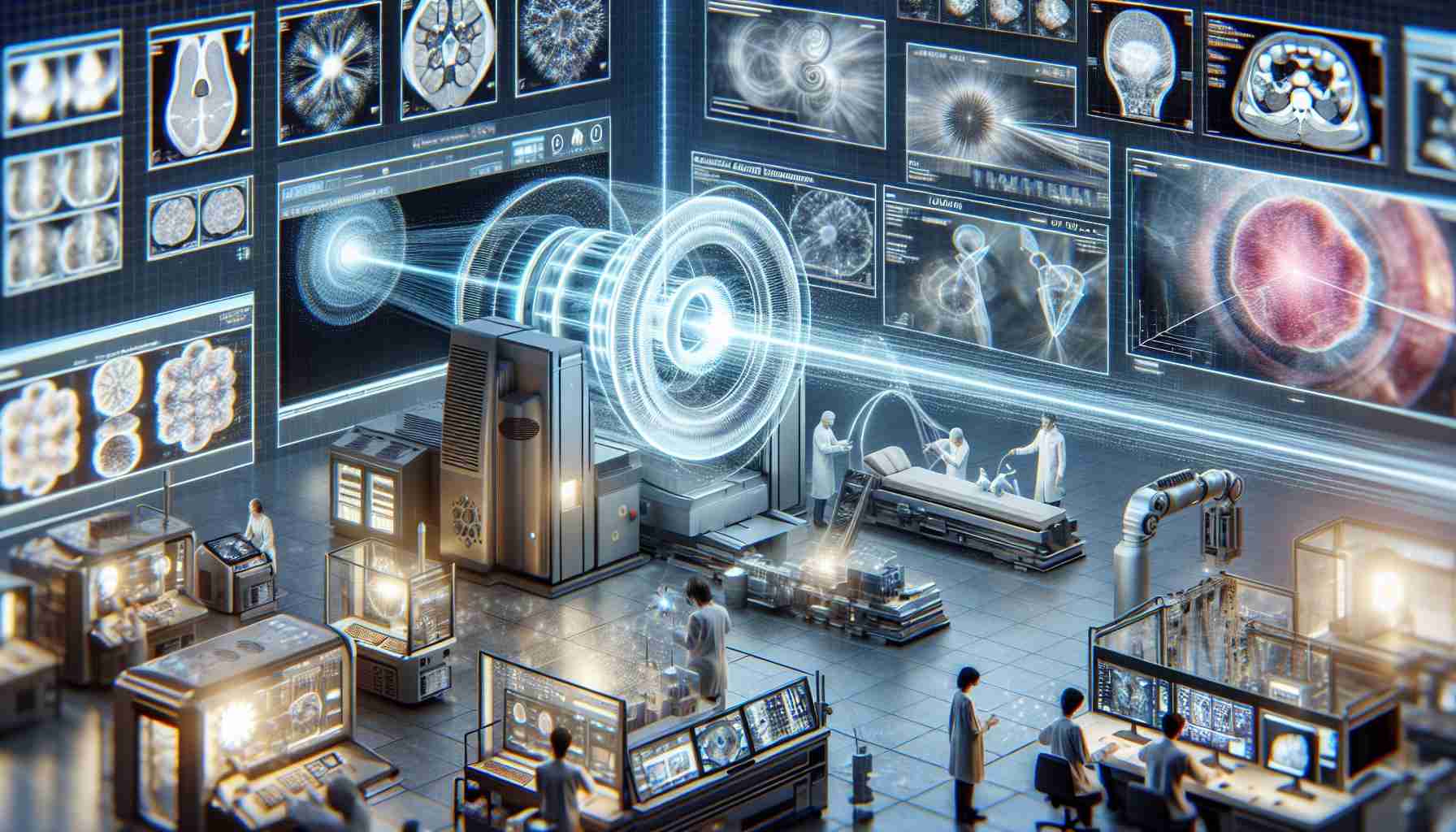Unleashing the Potential of Orbital Angular Momentum in Medicine
Innovative research conducted by Professor Igor Meglinski and his team at Aston University is transforming the future of medical imaging and diagnostics using a groundbreaking form of light. Known as Orbital Angular Momentum (OAM), this structured light possesses unparalleled sensitivity and accuracy, promising to reduce the need for invasive procedures like biopsies and surgery.
How OAM Light Works
OAM is a unique kind of structured light, distinguished by its tailored spatial structure. Though utilized traditionally in fields such as astronomy and optical communications, its untapped potential in biomedical applications is now being revealed. By maintaining its phase characteristics even through scattering media, OAM light can detect minute changes, outperforming many current technologies.
The research, a collaboration with Finland’s University of Oulu, demonstrates OAM’s ability to penetrate complex environments, capturing data with precision. Using techniques such as interferometry and digital holography, the scientists observed the light’s consistent behavior, aligning it with theoretical models.
Future Applications
The findings open doors to non-invasive solutions for monitoring health conditions, such as blood glucose levels. This advancement could replace painful, traditional methods for diabetes management with more patient-friendly techniques. Furthermore, this technology is poised to revolutionize sectors like secure communication and advanced imaging.
Prof. Meglinski highlights the transformative potential of this research, envisioning widespread applications across various fields. As OAM light continues to be studied, its role in future medical diagnostics and optical sensing remains eagerly anticipated.
Revolutionizing Healthcare: Unexpected Uses of Orbital Angular Momentum
The advent of using Orbital Angular Momentum (OAM) in healthcare promises not just breakthroughs in medical imaging, but also remarkable changes across different societal levels, from local communities to global industries. This innovative approach is not limited to diagnostics; its unique properties are sparking possibilities that could ripple through various aspects of daily life and economic systems.
Expanding Horizons Beyond Medicine
While OAM’s role in non-invasive imaging is well-documented, its potential stretch far beyond, even into the realms of homeland security and environmental monitoring. Particularly in secure communication, OAM light offers a new frontier. Due to its complex spatial structure, it can encode information in ways that are hard to intercept or crack, enhancing the safety of data transmissions. This development could lead to more robust cybersecurity protocols for governments and corporations, potentially reducing the frequency and impact of data breaches.
Additionally, OAM’s application in environmental science can improve our understanding of atmospheric processes. It can be used for high-resolution weather forecasting and climate modeling, providing crucial data that can assist policymakers in crafting informed environmental policies. This capability is particularly vital as the world grapples with climate change, offering insights that help adapt and mitigate its effects.
The Impact on Societal Structures
The ripple effect of deploying OAM technology could impact communities in profound ways. Easier and more effective diagnostic tools can lead to improved public health outcomes, reducing the strain on healthcare systems and lowering costs for patients. This democratization of healthcare access can bridge gaps in rural or underserved areas lacking advanced medical facilities.
Controversies and Challenges
Despite its promising potential, the integration of OAM technology is not without hurdles. One contentious issue is privacy in medical data. As OAM-based diagnostics become commonplace, safeguarding the sensitive health information that these technologies generate must be a priority to prevent misuse.
Moreover, there are practical challenges in adopting this advanced technology. Implementing OAM-based systems requires significant investment in infrastructure and training for medical personnel, resources many regions may lack. This raises questions about equity and accessibility—will only affluent nations benefit, thereby widening global health disparities?
Navigating the Future
As with any groundbreaking technology, the question arises: How do we balance the benefits with the associated risks? Can governments and organizations develop frameworks to integrate these innovations responsibly while ensuring equitable access? These questions require collaborative efforts from policymakers, scientists, and community leaders.
In conclusion, OAM technology harbors not only astonishing benefits but also brings to the fore crucial discussions about equitable healthcare and data privacy. Its influence may well extend beyond its original scientific promise, altering societal layers in unanticipated, transformative ways.
For further reading on technological advancements and their implications, you can explore these reliable resources: link name, link name.







